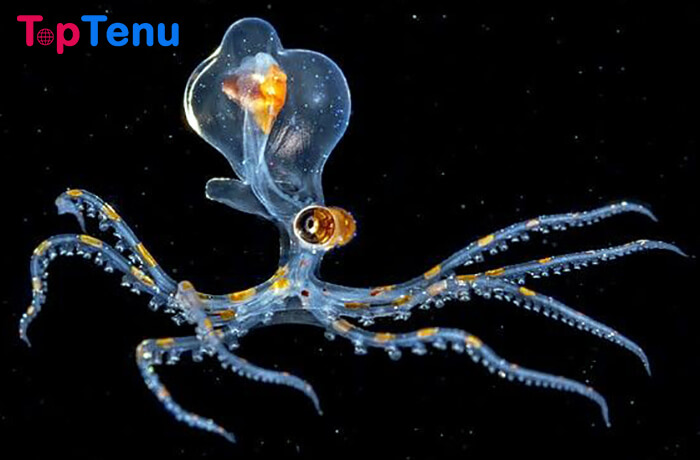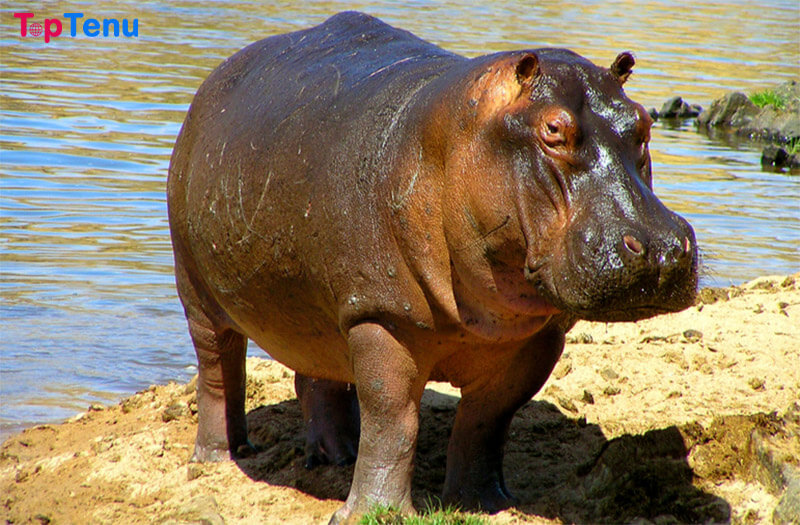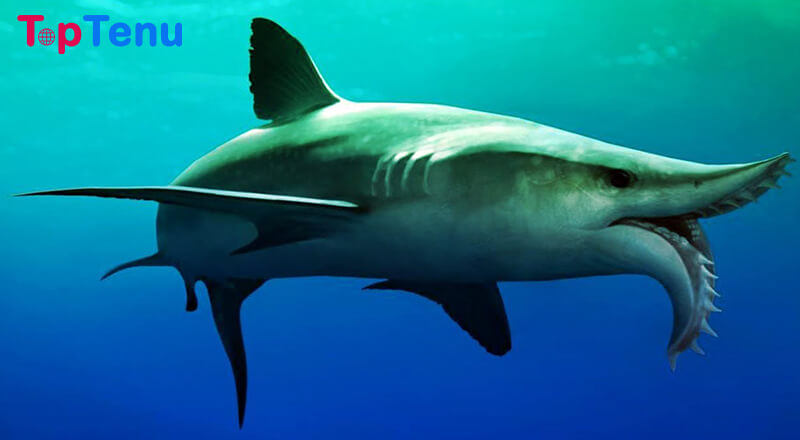11 Most Invasive Aquatic Species in the World
1. Walking Catfish
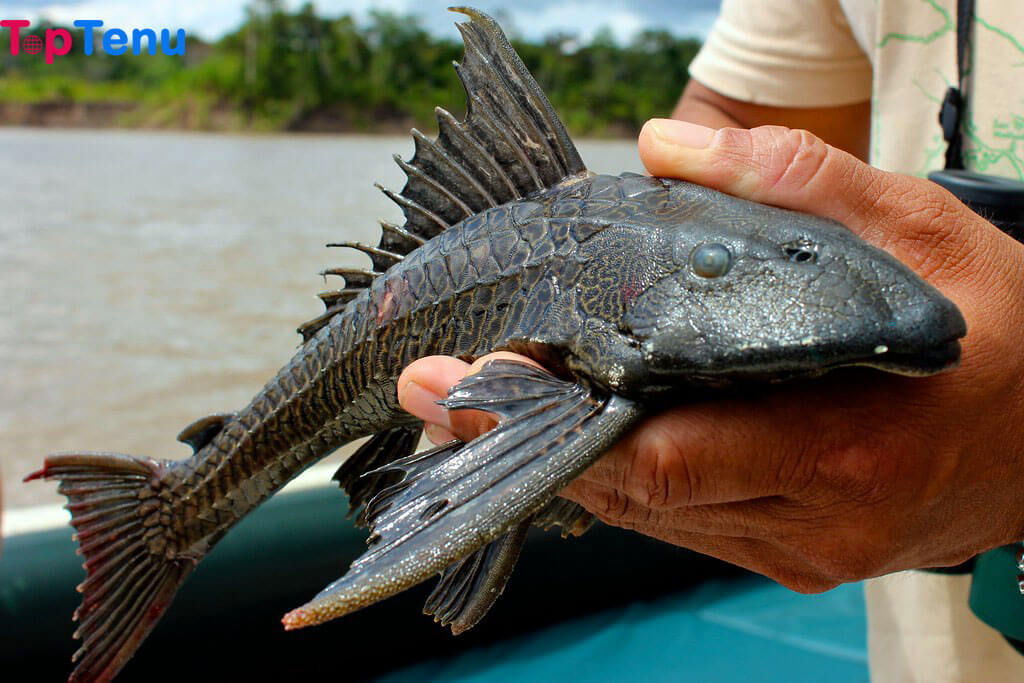
This Southeast Asian evolutionary miracle has a shocking and frankly unnerving skill. It can walk on land. Yes, “walking catfish” isn’t just a cute moniker.
These gifted creatures use their tail and fins to wriggle across the land. That, in and of itself, means that the walking catfish has the ability and drive to travel.
These incredible fishes first hit the scene in the United States in the 1960s, when they were introduced to Floridian waters. Since then, they’ve shown up in Nevada, Connecticut, California, Massachusetts, and Georgia.
Walking catfish are opportunists, and they have no issue pulling themselves into stock ponds, which seriously damages and diminishes those fish populations.
Some farmers even put chicken wire around their ponds to keep walking catfish out. However, given what we know about these extraordinary animals, it’s only a matter of time before they figure out a way to get around that too!
2. Goldfish
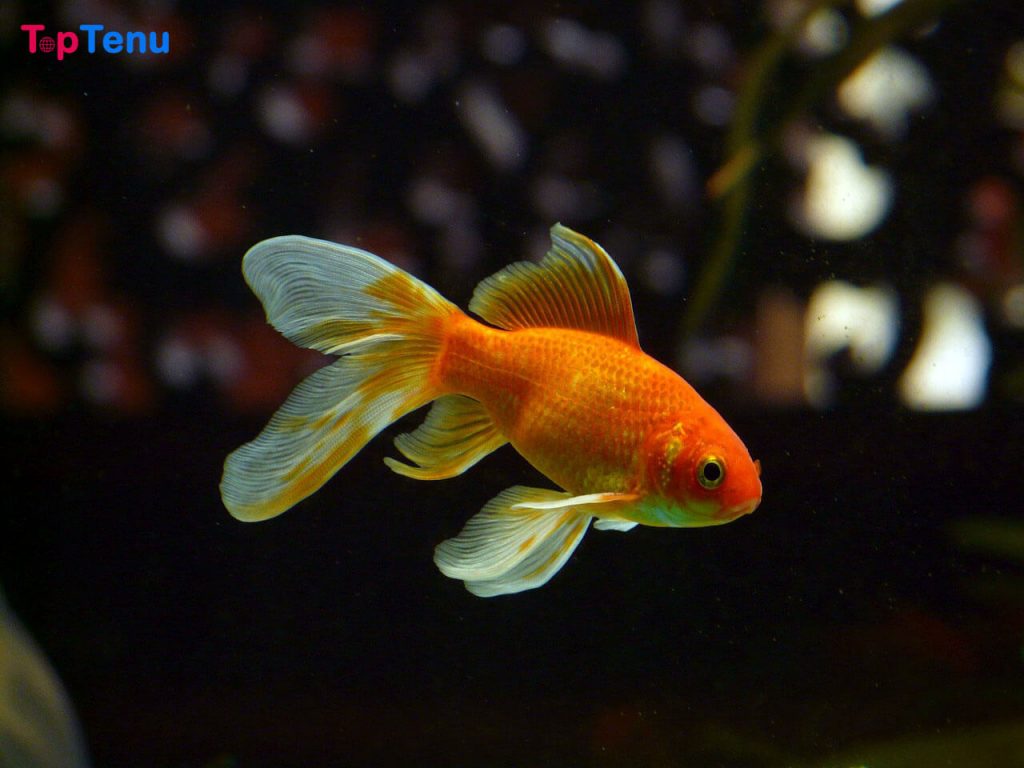
Goldfish are among the most invasive species in the entire world, but they’re not always a problem. In some ecosystems, goldfish get along just fine with native fish species, but introduce them to a place with poor water quality and watch out! Goldfish aren’t tolerant of foul water and will threaten already fragile ecosystems in these environments.
To top it off, goldfish can grow to gargantuan sizes, quickly crowding out the competition and establishing dominance. They also breed rapidly, forming a critical mass that can devour vast amounts of food sources and leave the other fishies high and dry!
Related: Top 15 Most Dangerous Sea Creatures in the World For Humans
3. Veined Rapa Whelk
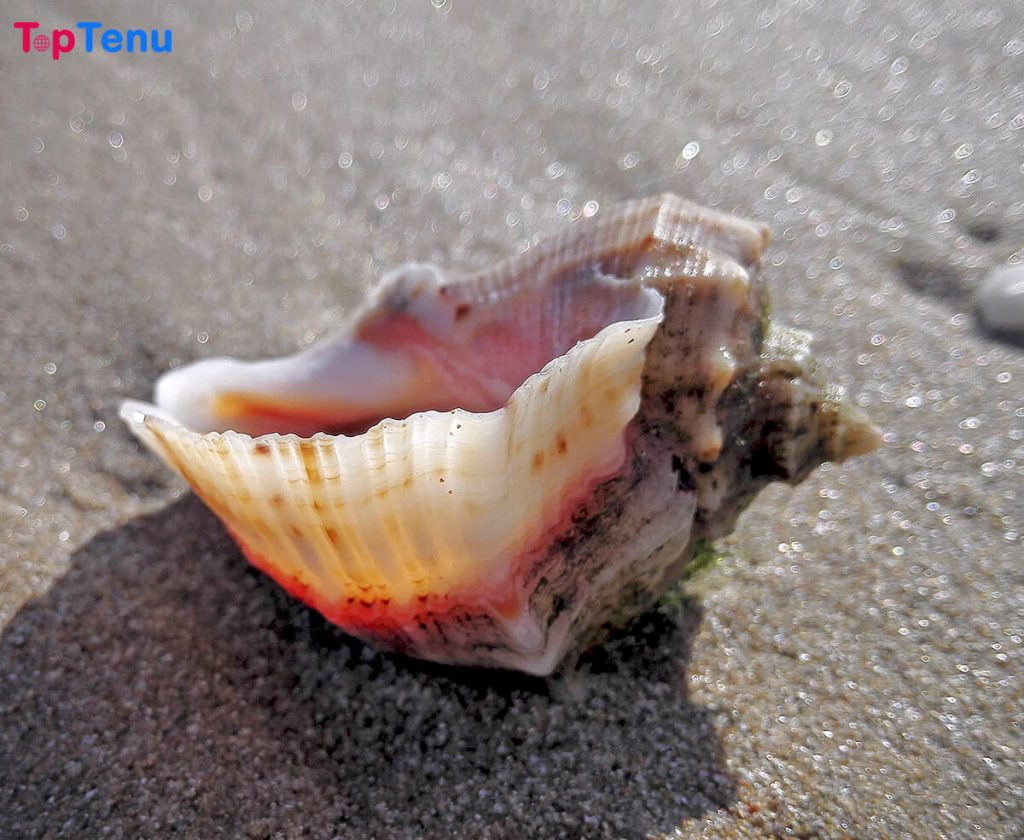
Veined rapa whelks are beautiful creatures native to the northwestern part of the Pacific Ocean, but they’ve packed up their bags and infiltrated the rest of the world.
These animals have a gorgeous shell and a nasty attitude, and the badass beauties have no trouble dominating their new surroundings and swallowing up everything in sight.
In 1946, the veined Rapa whelks appeared in the Black Sea, and before long, they’d spread to the mighty Mediterranean Sea. In 1998, the creatures finally made their way across the pond, showing up in the Chesapeake Bay.
How did they get there? Some think that the veined Rapa whelk were stowaways that hitched a ride on clueless ships crossing the Atlantic. However they arrived, veined Rapa whelk is here to stay.
4. Green Crab
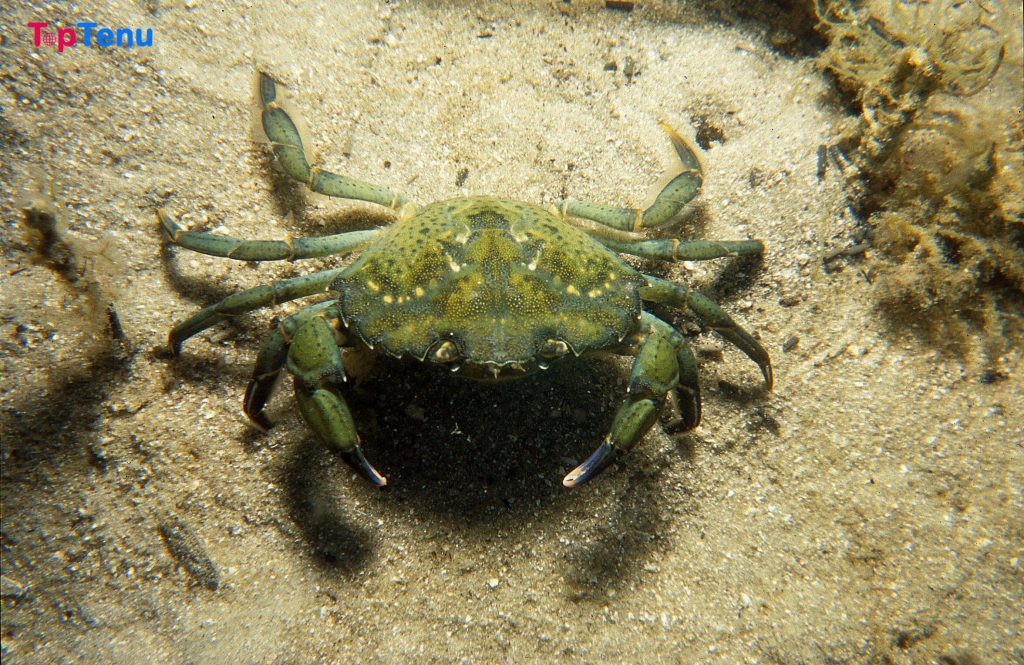
The European green crab was originally stocked up and shipped all over the globe as fishing bait, but this crustacean had different plans for global domination.
Green crabs have exploded worldwide, establishing themselves in both Americas, Australia, South Africa, and part of Southeast Asia.
In a bizarre twist, it’s not the green crabs themselves that are being eaten; they are doing the eating! Green crabs consume whole hosts of local animals, including mollusks, worms, and even other crabs. Yep, green crabs are carnivorous.
Their appetites also know no bounds, and green crabs have simply decimated the commercial shellfish industry in many places around the world, which is, pretty much, the definition of irony.
Related: Top 10 Strange Animals in the World
5. Asian Carp
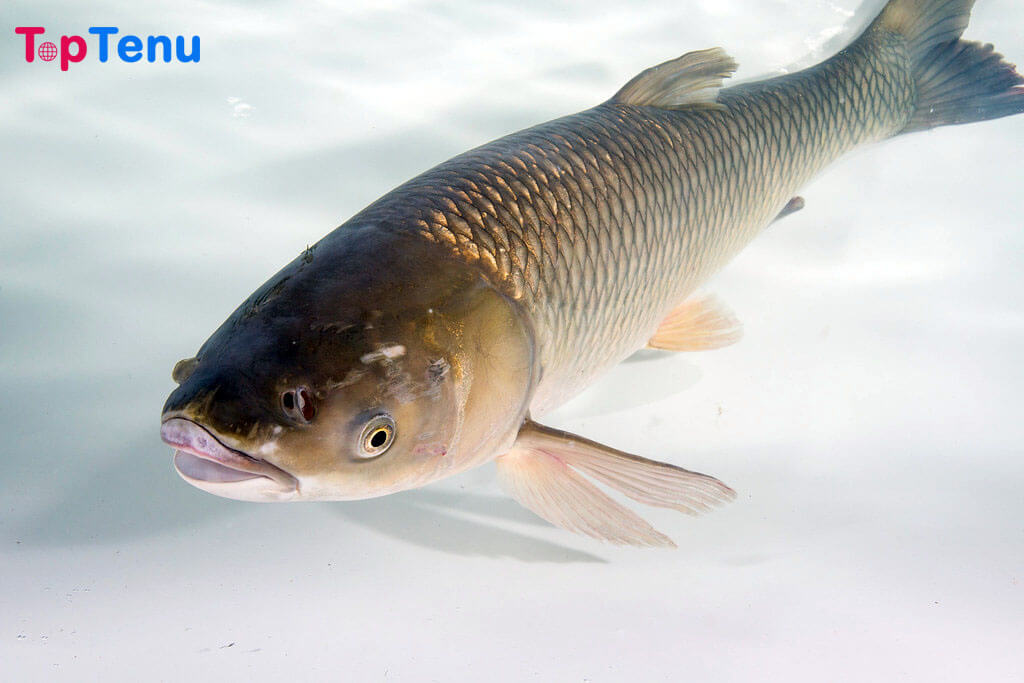
Asian carp are colossal fish that initially hail from Eastern Russia and China, and their introduction across the pond has caused massive headaches for plenty of people.
Asian carp were brought to the United States and Europe on purpose. Since they tend to be beautiful additions to your average koi pond, many people imported them as pets… but we’re willing to bet that they probably didn’t bank on the Asian carp’s size.
Other Asian carp were transported as sport fishing bait, and a small quantity most likely wound up as food, but it was the pets that were the primary issue.
As people abandoned their carp to local lakes, streams, and rivers, they began to change their new ecosystems dramatically.
Asian carp can swell up to 30 pounds. For context, that’s as heavy as three average-sized bowling balls or a small fifth grader.
They also eat a lot, dominating local food supplies and even chowing down on fish roe. To make matters worse, Asian carp stir up a lot of sediment when they move around, changing the water’s dynamic and possibly making it hostile to other creatures.
6. Mosquitofish
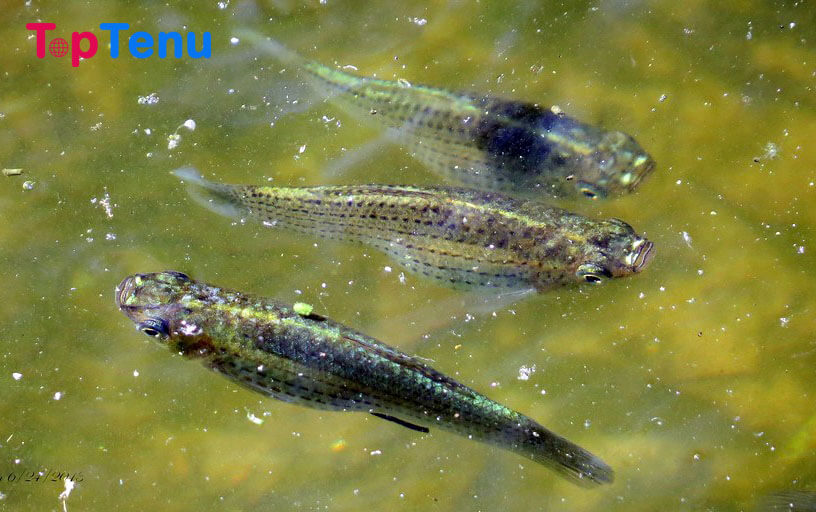
There’s a good reason to love mosquitofish; as their name suggests, they consume tons of mosquitos. On the flip side, they also can steamroll local populations of fish, and they are unapologetically aggressive.
Since mosquitos carry all sorts of nasty diseases like Dengue Fever, Yellow Fever, and Malaria, you might initially be on the side of the mosquitofish.
After all, even though it’s pretty Machiavellian, the ends do justify the means. But that’s only part of the story. Mother Nature has a way of self-regulating, and in many areas, local fish will eat mosquito larvae to keep the population down.
The mosquitofish’s utter domination can upset the ecological balance, causing more mosquitos in the long run. That’s not good for anyone! In a weird twist that fits the mosquitofish saga perfectly, researchers have developed what they see as an ingenious way of dealing with the fishy bullies; a robotic bass designed to scare the daylights out of the mosquitofish and stop them from breeding.
Related: Top 5 Most Deadliest Sharks for Human in the World
7. Zebra Mussel
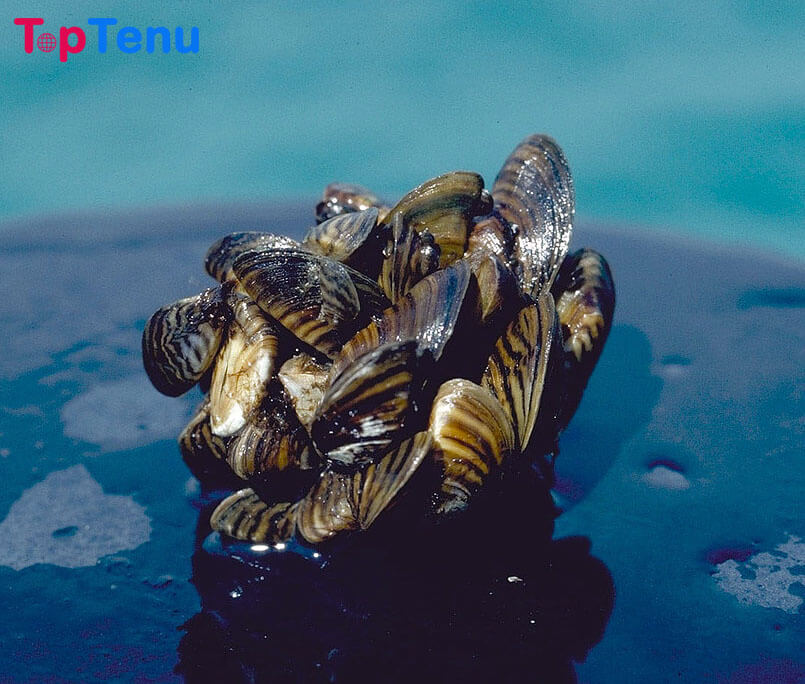
Zebra mussels hail from the Caspian Sea, but you’ll find plenty of them lurking in far-flung corners of the world far from their place of origin. These bivalve mollusks are as tough as they come, flourishing equally in fresh and brackish water, which gives them a substantial competitive advantage over other local creatures.
Zebra mussels first spread throughout Europe’s canals in the 18th and 19th centuries, eventually reaching the Baltic Sea and taking over that too. In 1998, the first zebra mussels were spotted in the United State’s Great Lakes, wreaking total havoc for local populations and even infiltrating power plants and water treatment facilities.
Since their introduction to the Great Lakes, the zebra mussels have just gotten bolder, making their way into rivers and lakes throughout North America. The biggest problem zebra mussels pose is their huge appetite.
These animals can, and will, gobble up virtually anything leaving no food for the native fish who, let’s face it, really was there first.
8. Northern Pacific Sea Star
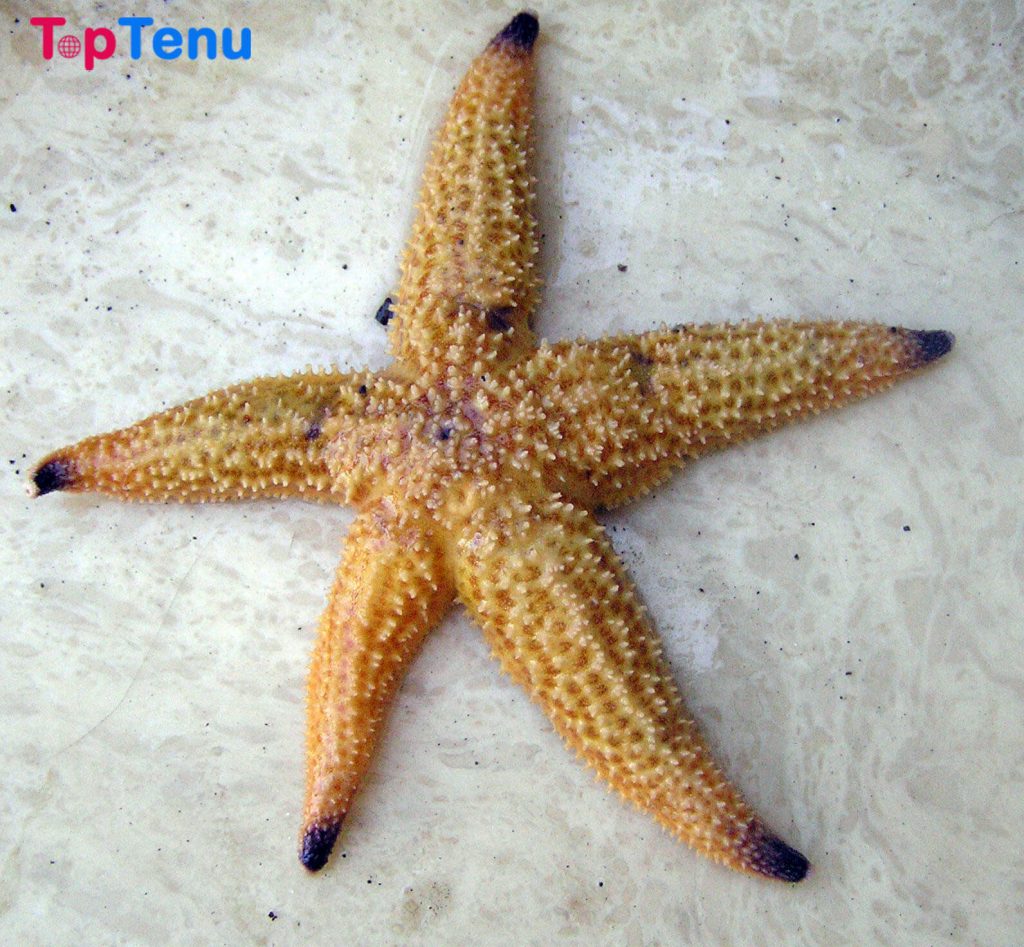
Northern Pacific sea stars are one of Southeast Asia’s accidental exports and are now causing big problems in Australia. The creatures are native to Korea, Japan, and China’s waters, but they hitched a ride to Australia as secret stowaways on local boats. Now, there’s no getting rid of them.
Northern Pacific seastars are exceptionally aggressive creatures, and they are not picky eaters at all. Their voracious appetite is only matched by their ability to reproduce in the blink of an eye.
With millions of these sea stars in Australia’s waters, the local fish population is starting to suffer. The spotted handfish, a critically endangered creature, is in grave danger, as are certain types of local shellfish, mollusks, crabs, sea urchins, and even other sea stars. Talk about bad guests!
Related: 8 Animals That Invaded Swimming Pools
9. Snakehead
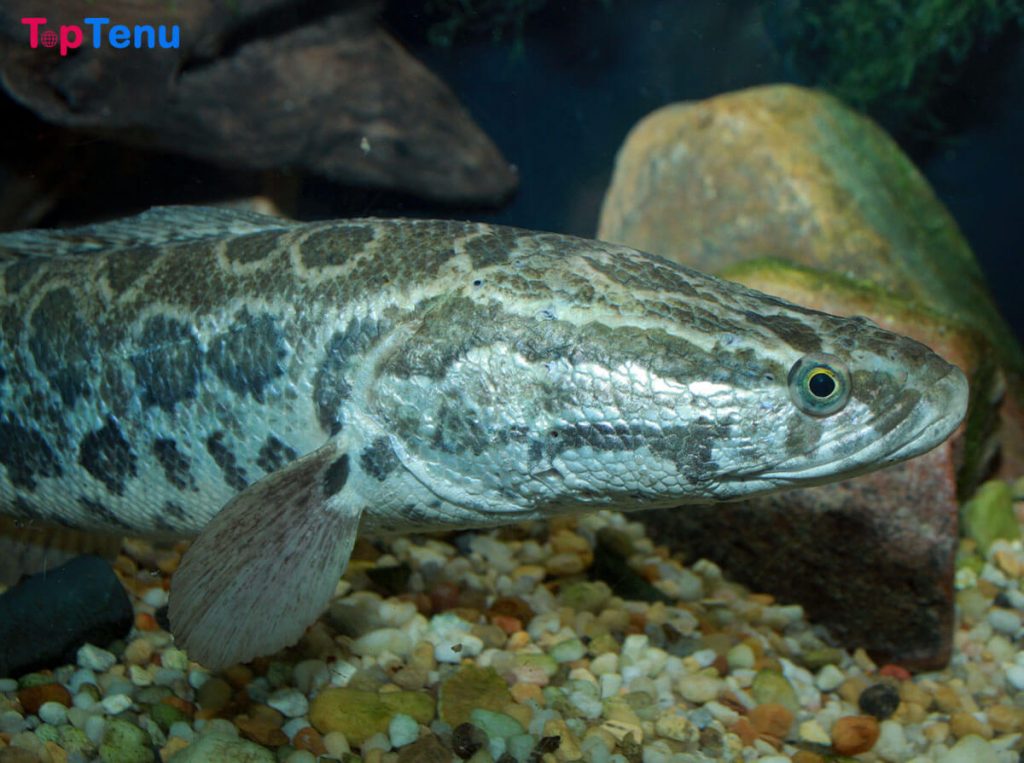
Snakehead fish originally come from Russia, Korea, and China, but you can rest assured that these beasties are coming to a lake or river near you if they are not there already.
Snakeheads are apex fish, staking their place firmly at the top of the food chain, which means that any local fish that come at them will lose badly.
No natural predators and an assassin’s taste for blood make snakehead fish formidable foes that can easily muscle out local fish populations for food if the snakeheads aren’t eating them, that is! Did we mention that these gnarly fish can breathe air? Some varieties of snakehead fish can live out of water for 4 full days, as long as they are in a wet or heavily damp area. Snakeheads eat everything.
They love to fish, insects, frogs, and crustaceans alike. They are not picky! These fish are so destructive that, as of 2002, it’s now illegal to purchase or own a snakehead fish in the United States.
10. Nile Perch
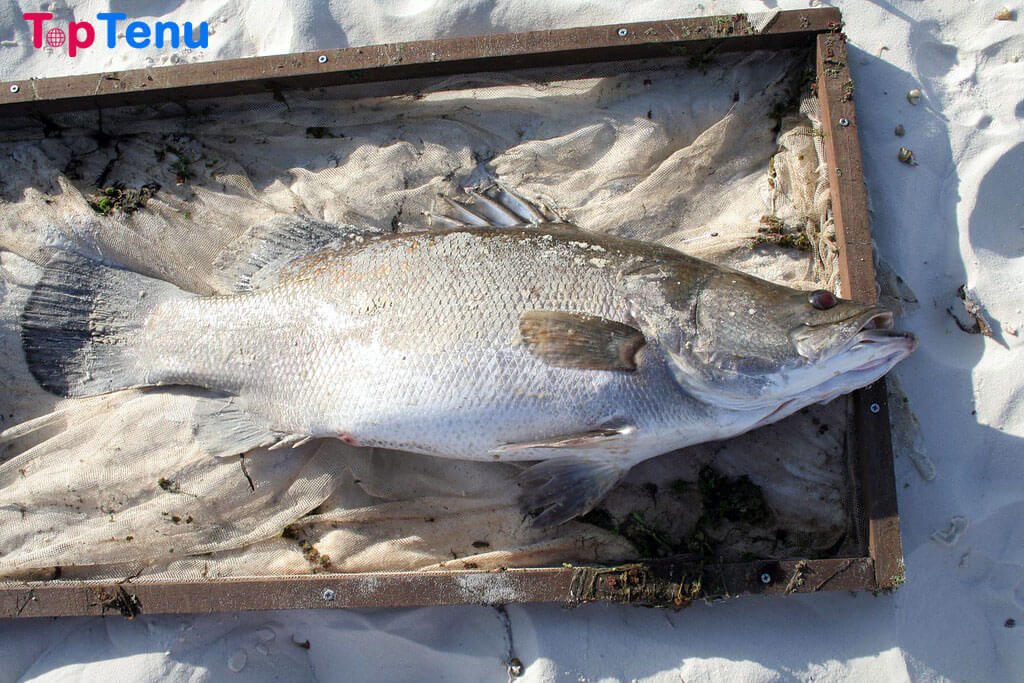
Ethiopia’s native Nile perch has devastated the rest of the continent, specifically East Africa after it was accidentally introduced to new waters in 1962. Tanzania’s Lake Victoria’s been ravaged by the Nile perch.
These creatures shove their way in, consuming everything in their path, including other fish, and have been directly related to the extinction of 200 species of native fish. Who knows how many more are teetering on the very brink of extinction, thanks to the Nile perch? Additionally, these fish reproduce at incredible rates.
One lone fish can generate up to 15 million eggs at one time, so other species simply don’t have a snowball’s chance in hell of catching up. Once the Nile perch take over, other fish are crowded out, drastically changing the ecological makeup of any body of water.
11. Lionfish
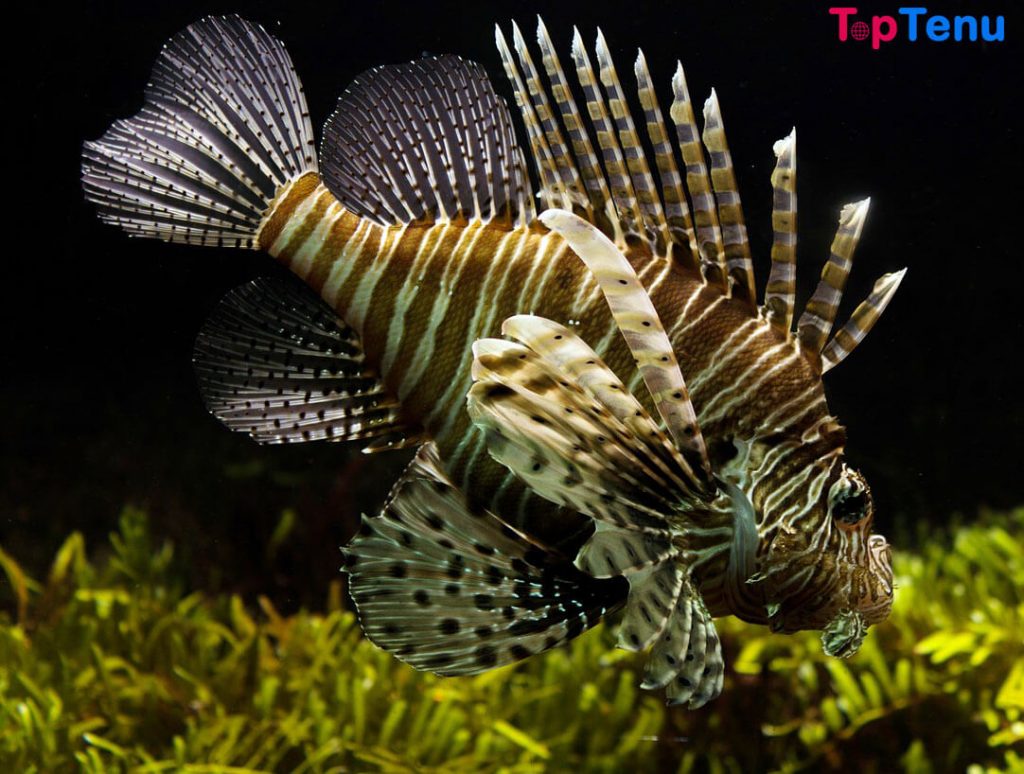
Venomous, cranky, dominant lionfish pose a major threat to local fish in the Western Atlantic. These fish are initially from the Indo-Pacific and Red Sea areas, but two separate strains of the toxic bullies have made their way across the ocean, and that’s not good news at all.
Lionfish are aggressively invasive, and they can be very dangerous to humans, as well as local fish. Two key elements make up the lionfish perfect storm; an untamable appetite and long venomous fins full of a devastating neurotoxin.
Lionfish have few, if any, predators, so they can quickly establish control over their new region and start wreaking havoc. They are especially dangerous to local reef creatures, and the problem is so bad that diving teams are regularly sent out in places like Florida to collect them.
Thanks for reading! Would you rather wrestle with an ill-tempered snakehead fish or swim in a pond full of 30-pound Asian carp? Let us know in the comments section below.

